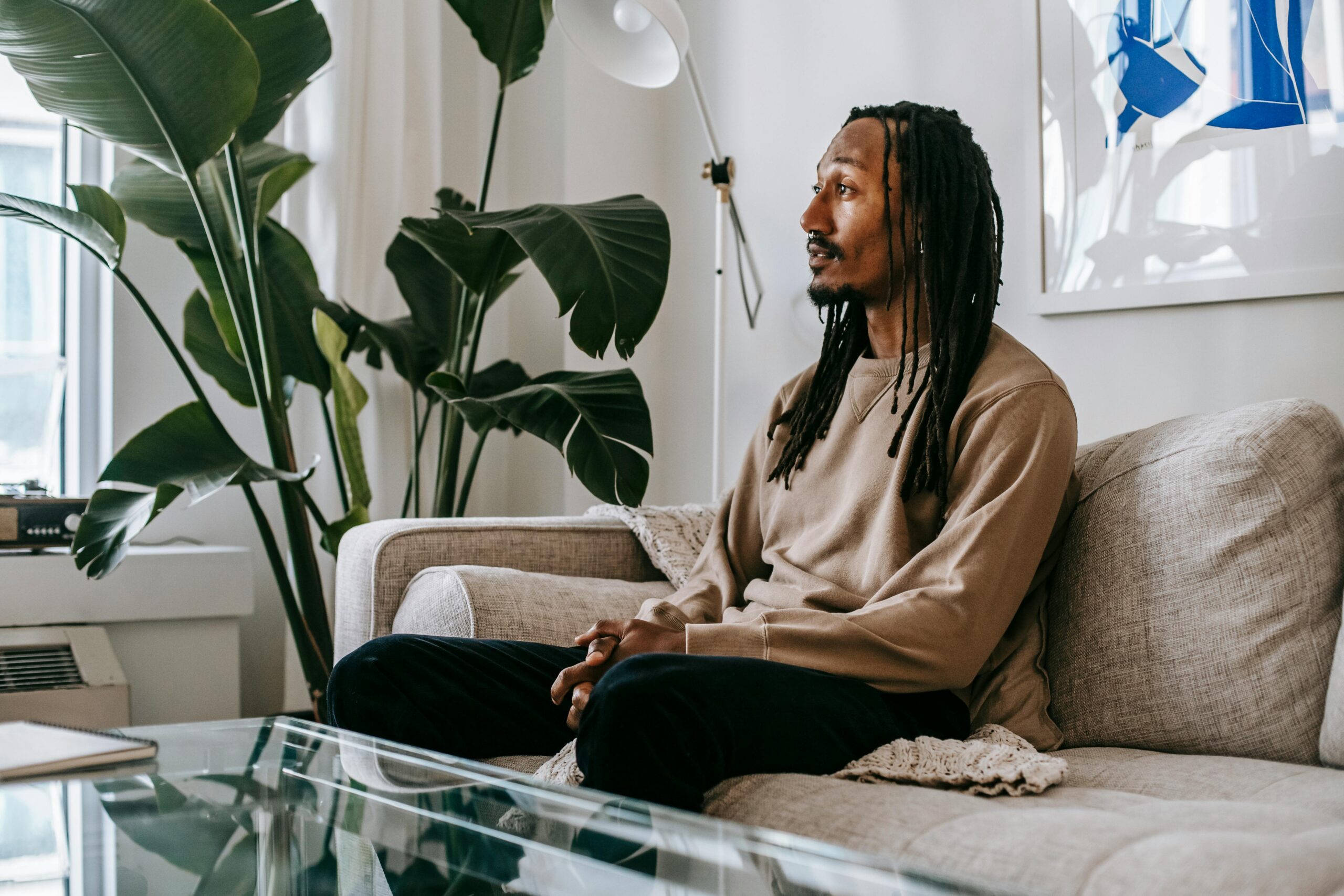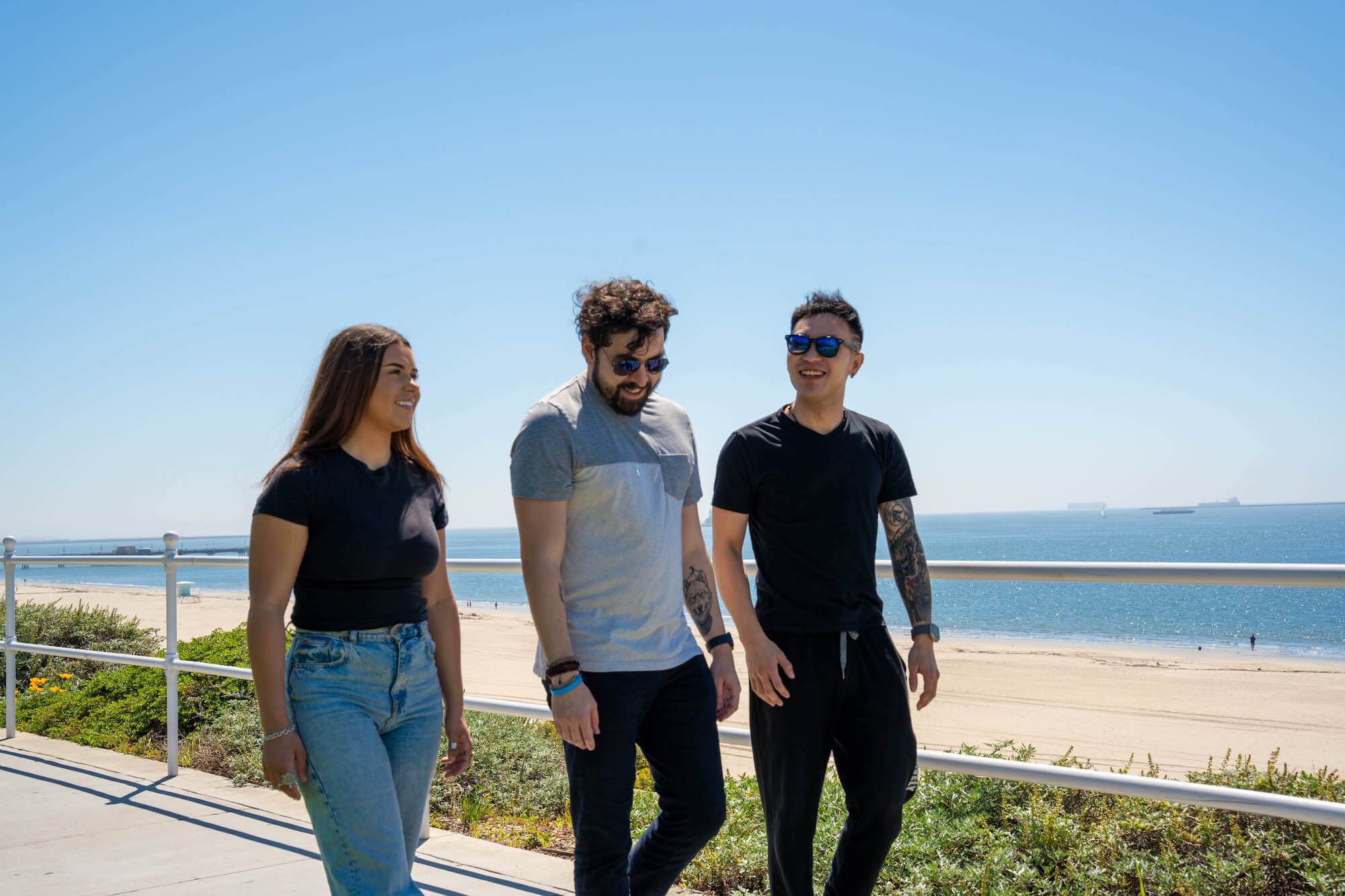Vicodin is a discontinued branded formulation of a combination medication that contains hydrocodone (an opioid painkiller) and acetaminophen (an OTC painkiller).
Prescribed to relieve pain following surgery, Vicodin can deliver up to six hours of effective pain relief. Like all opioids, though, Vicodin can be highly addictive, with tolerance and dependence forming rapidly, even with legitimate medical use. Any form of Vicodin abuse heightens the risk of addiction developing.
If you become physically dependent on an opioid-based medication like Vicodin, you will experience intensely uncomfortable withdrawal symptoms if you moderate or discontinue use of the drug.
Discover what happens during withdrawal from Vicodin, and find out how to connect with science-backed treatment if you are addicted to opioids.
What Happens During Vicodin Withdrawal?
Any sustained use of Vicodin causes its stimuli to permeate the opioid receptors in your brain. Your body will develop physical dependency, wanting more of the euphoric effects. If you do not take enough Vicodin to satisfy the pleasure and pain receptors in your body, this will trigger the presentation of Vicodin withdrawal symptoms.
It is inadvisable, dangerous, and potentially life-threatening to abruptly stop using any opioid-based drug.
Consult your prescribing physician if you are dependent on Vicodin. They may recommend a tapered reduction in dosage to mitigate withdrawal symptoms.
Alternatively, you may want to streamline the Vicodin withdrawal process by engaging with a supervised medical detox program. The safest and most comfortable withdrawal from Vicodin also involves the administration of medications like buprenorphine or methadone.
During Vicodin withdrawal, medications can reduce the severity of withdrawal symptoms and the intensity of cravings for opioids. Continuous clinical and emotional care at a medical detox center will minimize the likelihood of complications or relapse disrupting your early recovery.
Detoxing from Vicodin will allow you to break physical dependence on the drug. You can then move into an inpatient or outpatient treatment program. MAT (medication-assisted treatment) is often effective throughout ongoing treatment for Vicodin addiction. MAT is combined with psychotherapy like CBT (cognitive behavioral therapy) for best results.
Vicodin Withdrawal Symptoms
The withdrawal symptoms of Vicodin are similar to those of other painkillers in the opioid family. These symptoms can be grouped as follows:
- Psychological withdrawal symptoms: Irritability, mood swings, anxiety, and confusion, cravings for Vicodin.
- Physical withdrawal symptoms: Reduced hunger, fever, diarrhea, sweating, tremors, enlarged pupils, nasal congestion, cold-like symptoms, nausea, vomiting.
Can You Die from Vicodin Withdrawal?
Severe Vicodin withdrawal may involve the following complications:
- Dehydration triggered by vomiting and diarrhea
- Electrolyte imbalances
- Seizure
- Heart attack
- Stroke
- Respiratory depression
These complications can be life-threatening, especially in those who have pre-existing medical conditions like heart disease or respiratory problems. Additionally, people who have been using high doses of Vicodin for an extended period may be at a higher risk of experiencing severe withdrawal symptoms and complications.
A supervised medical detox for Vicodin can mitigate all of these life-threatening complications.
How Long Does Vicodin Withdrawal Last?
Vicodin withdrawal symptoms typically last for 7 to 10 days after the last use. In some cases, symptoms may linger for weeks or months.
The short elimination half-life of Vicodin means that the drug starts leaving your body after 8 hours, provoking the onset of withdrawal symptoms.
Some people detoxing from Vicodin experience PAWS – post-acute withdrawal syndrome – and experience psychological and emotional symptoms that linger for months.
Vicodin Withdrawal Timeline
The following factors influence the Vicodin withdrawal timeline:
- Duration of use: If you have been taking an opioid like Vicodin long-term, the withdrawal process is likely to be more severe and longer-lasting than for someone who has not developed tolerance or dependence.
- Dose: If you have been taking large doses of Vicodin, withdrawal will be more intense.
- Addiction: If you have a diagnosable Vicodin addiction (opioid use disorder), you will feel a compulsive need to use Vicodin which will inflame the withdrawal process.
Allowing for those variables, here is a typical Vicodin withdrawal timeline:
Day 1 of Vicodin Detox
The initial symptoms of Vicodin withdrawal symptoms present after 6 to 12 hours of the last dose. Symptoms may include:
- Anxiety
- Insomnia
- Fever
- Runny nose
- Muscle aches
- Sweating
- Hypertension
- Raised heart rate
Withdrawal symptoms intensify throughout the following two days.
Many Vicodin withdrawal symptoms peak after 72 hours. New symptoms may present, including dehydration and powerful cravings for Vicodin.
Days 3 to 7 of Vicodin Detox
The most intense withdrawal symptoms occur 72 hours after the last dose, lasting for roughly a week. during this timeframe, you may experience the following symptoms:
- Diarrhea
- Vomiting
- Nausea
- Stomach pains
- Intense cravings
- Depression
Ongoing Vicodin Withdrawal
All physical symptoms should dissipate after a month. Anxiety, depression, and mood swings may persist if you experience PAWS.
You can make Vicodin withdrawal as safe and comfortable as possible by engaging with a supervised medical detox. We can help you achieve this at Gratitude Lodge in Southern California.
Vicodin Detox at Gratitude Lodge
Whether you have been using Vicodin as directed or abusing this prescription opioid-based drug, we can help you initiate a sustained recovery at Gratitude Lodge in Southern California.
Our supervised medical detox program offers the safest and most comfortable pathway to Vicodin detox and ongoing recovery. After a week or so of opioid detox, you can transition into a 30-day inpatient program or an IOP (intensive outpatient program), depending on your personal circumstances and the severity of your Vicodin addiction.
If you have an opioid addiction and a co-occurring mental health disorder, we offer integrated dual diagnosis treatment to help you unpack both conditions simultaneously.
All treatment programs at our pet-friendly rehabs offer individualized opioid addiction treatment that combines holistic and science-backed therapies that may include:
- Medication-assisted treatment
- Psychotherapy
- Individual counseling
- Group therapy
- Family therapy
- Holistic therapies
- Aftercare
When you are committed to recovery from Vicodin addiction, call Gratitude Lodge at 800-994-2184. We are here to help you from detox to discharge and beyond.
Dangers of Vicodin Withdrawals FAQs
How long Vicodin withdrawal lasts can differ for each person, depending on how much they took, how long they used it, and how healthy they are. Usually, withdrawal symptoms can start a few hours to a day after stopping Vicodin and may last for a few days to a couple of weeks, but they get better over time. It’s important to get help from a doctor during this time to handle withdrawal symptoms well.
The withdrawal effects of Vicodin may include symptoms such as nausea, vomiting, diarrhea, sweating, anxiety, restlessness, and muscle pain. Additionally, individuals may experience changes in mood, insomnia, and intense cravings for the drug during the withdrawal period.
When you stop taking painkillers, your body may experience withdrawal symptoms as it adjusts to the absence of the drug. These symptoms can include nausea, vomiting, diarrhea, muscle aches, insomnia, and mood changes, but they vary depending on the type of painkiller and the individual’s usage.




























